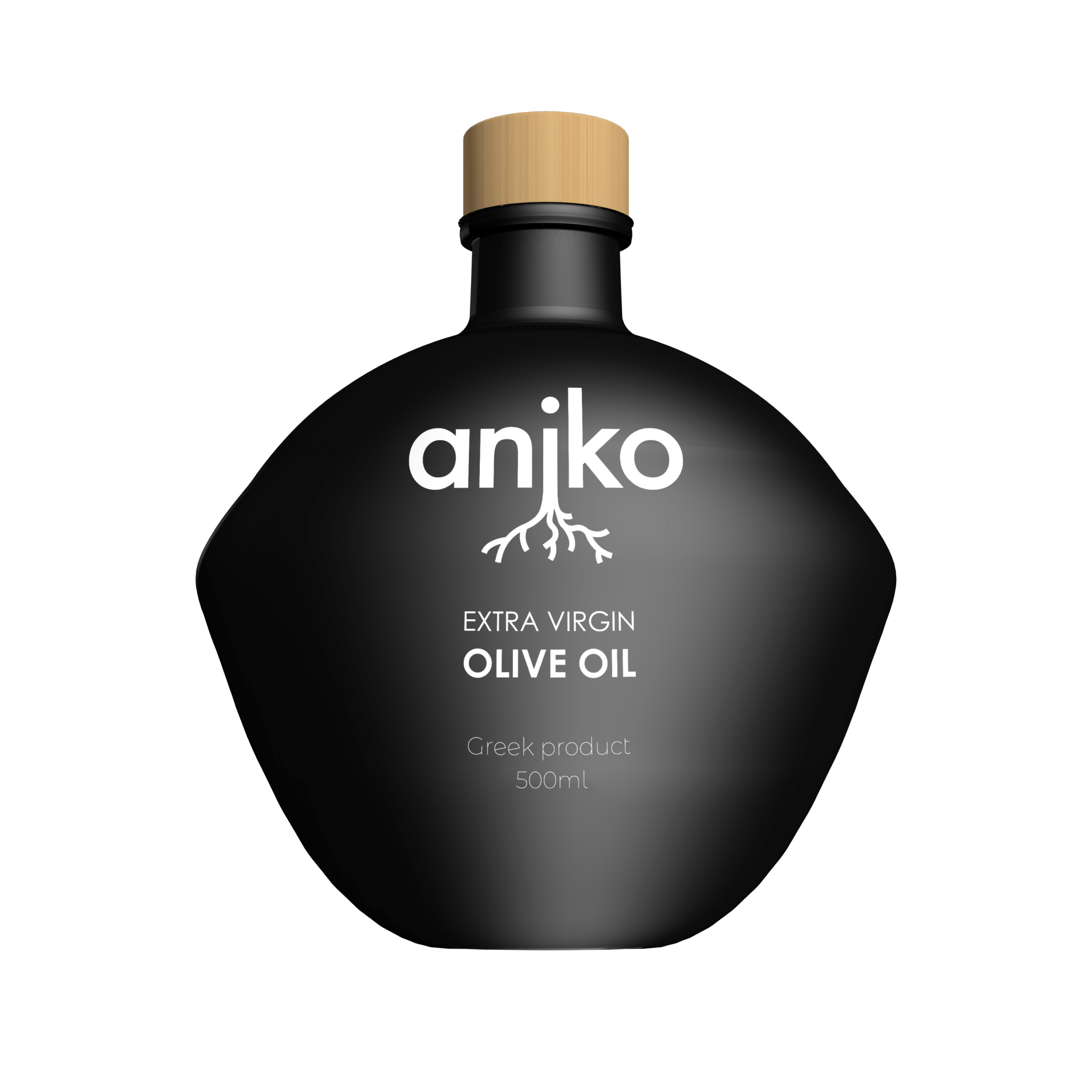

taking care
OF YOUR TREE
In order for your olive tree to produce the optimal quality and quantity of fruit, it is important that we take good care of it throughout the year.
1st StepPruning
The first and most important step in oil production is pruning. Olive-laden branches of a given season are unable to produce the same yield next year. It is therefore imperative that the tree be rid of these, so that it can absorb more sun and air and grow faster. This is usually done in January or a bit later, depending on weather conditions. The preparation of the tree for the coming oil season begins immediately after the end of the harvesting. From day one, the tree from which we will extract your own oil will be taken care of by specially trained and experienced producers.2nd StepFertilization
Another vital process is fertilization, which is carried out with organic means from the beginning of January to the end of February. Soil samples are sent to a specialized chemical laboratory and the soil is lubricated accordingly. For example, the soil may need to be enriched with calcium, potassium or nitrogen. According to the chemical analysis of the soil, instructions are given to our producer and fertilization may begin. In order for the tree alone to be benefited by everything its soil has to offer, some branches and weed around it are removed as well. Why do we opt for organic fertilization? We conduct chemical analyses to understand the needs of our trees, improve their fertility and boost the absorption of nutrients3rd StepCrop protection
Another procedure that has to be followed aims at the protection against Dacus oleae, a major pest of the olive tree and one of the most prominent causes of substantial decreases in the quality and quantity of oil. In organic farming, controlling regimes involve bait stations that are put on each tree and aim to attract and trap pests before they go to the fruit. Protection of the tree against all potential “enemies” lasts about 5 months, which is when harvesting can begin.4th StepWatering
In case of soil moisture loss, olives are wrinkled, dry and the oil produced is of poor quality. Therefore, the right watering of your tree constitutes an important step towards guaranteeing the finest oil quality. In our olive grove mother nature takes care of the watering process. It is only in the summer months or when it is necessary and the soil is unable to retain water that we water the trees. A “good rain” just before the beginning of the harvesting season in October is all it takes for the fruit to become juicy and nutritious.5th StepHarvesting
October to December, when harvest season is officially on, your olives are slowly and carefully handpicked and only the best fruit is collected, so that top quality oil can be extracted. This process is much more time-consuming, compared to mechanical harvesting. However, picking olives by hand rewards you as your tree is not injured and the fruit does not fall down and thus remains intact. In order to prepare your own 6 bottles of extra virgin oil we will handpick at least 28 kg of olives which varies given weather conditions. Hand-picked olives are taken to the olive press so that your oil production can begin.

